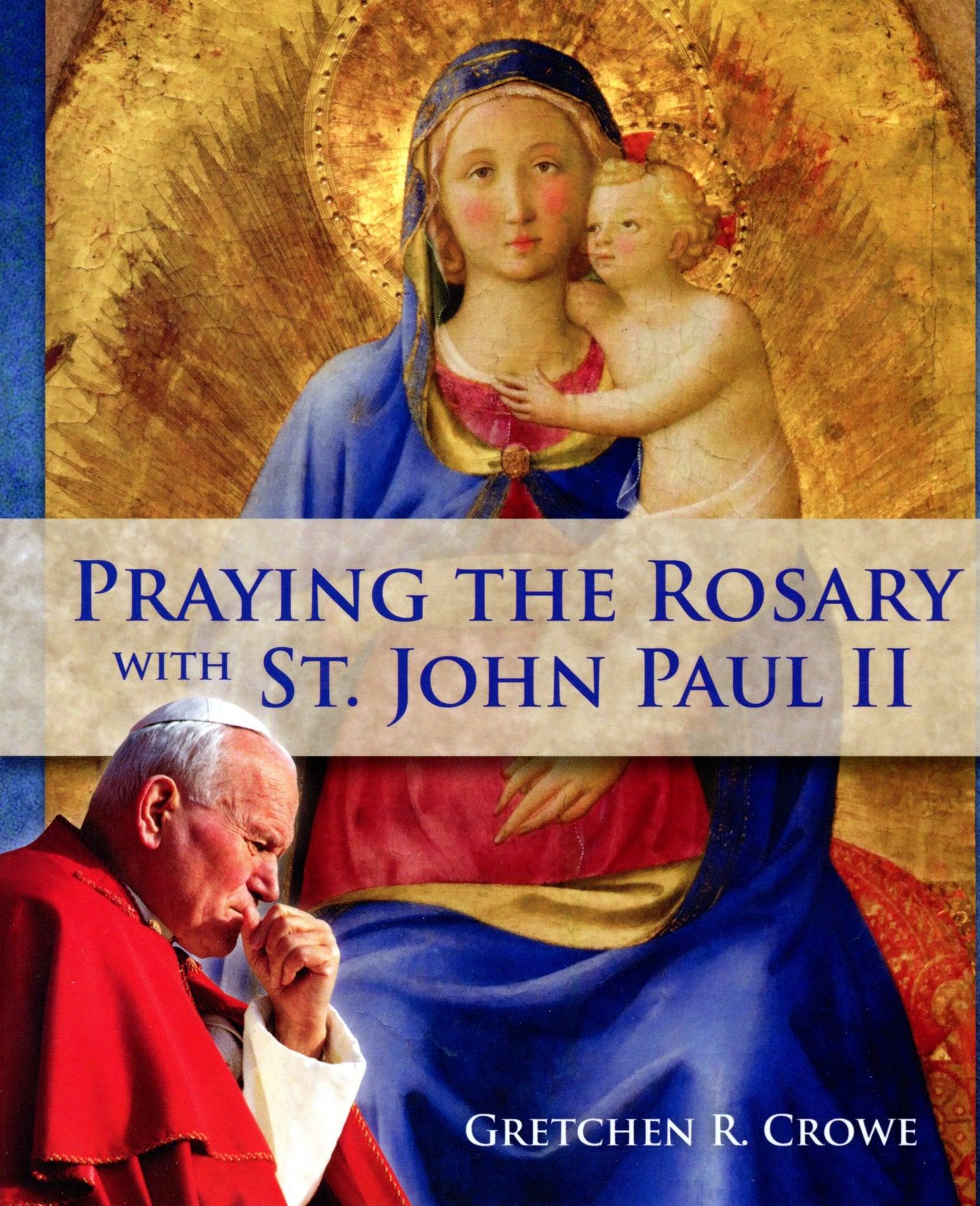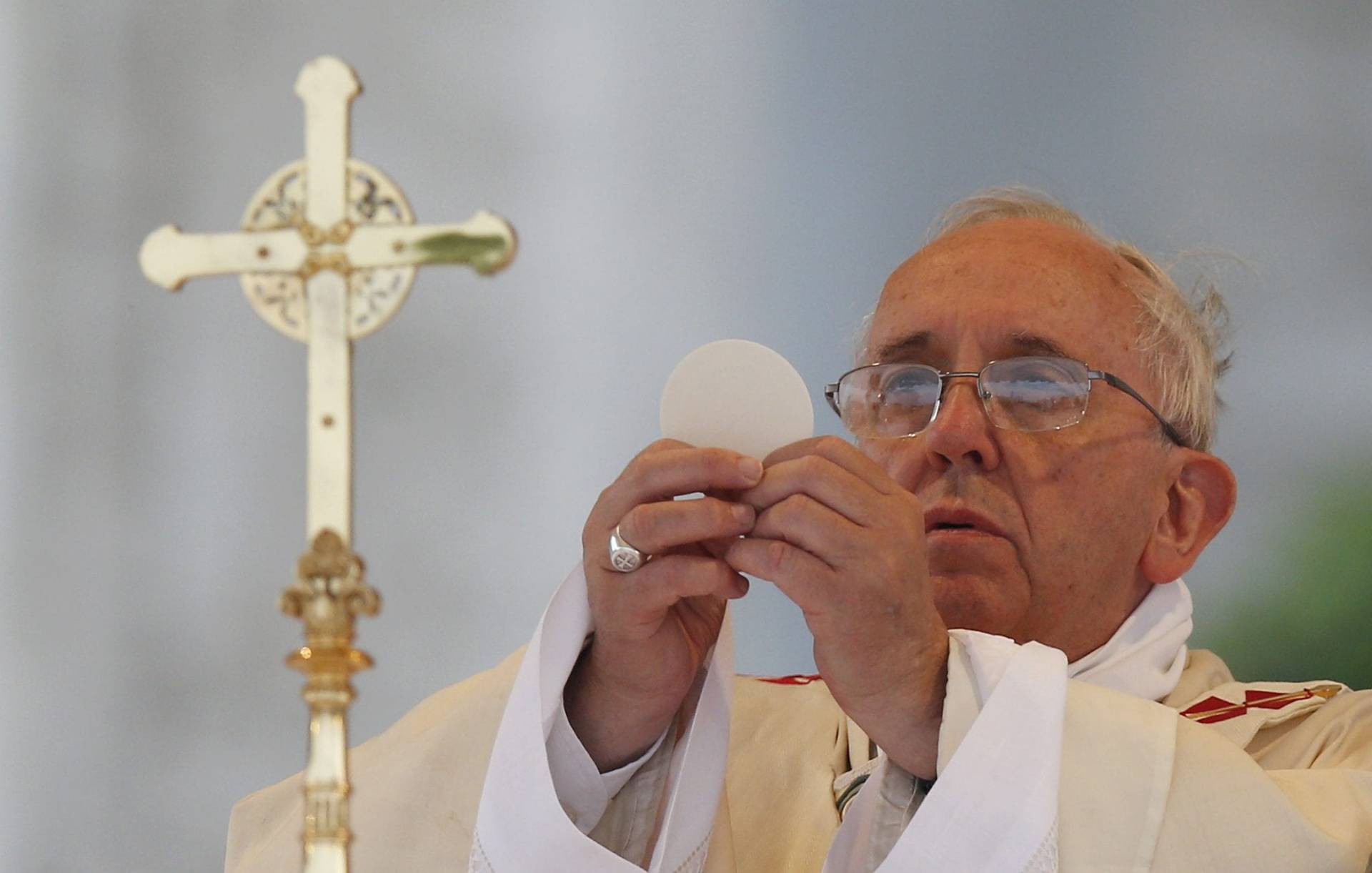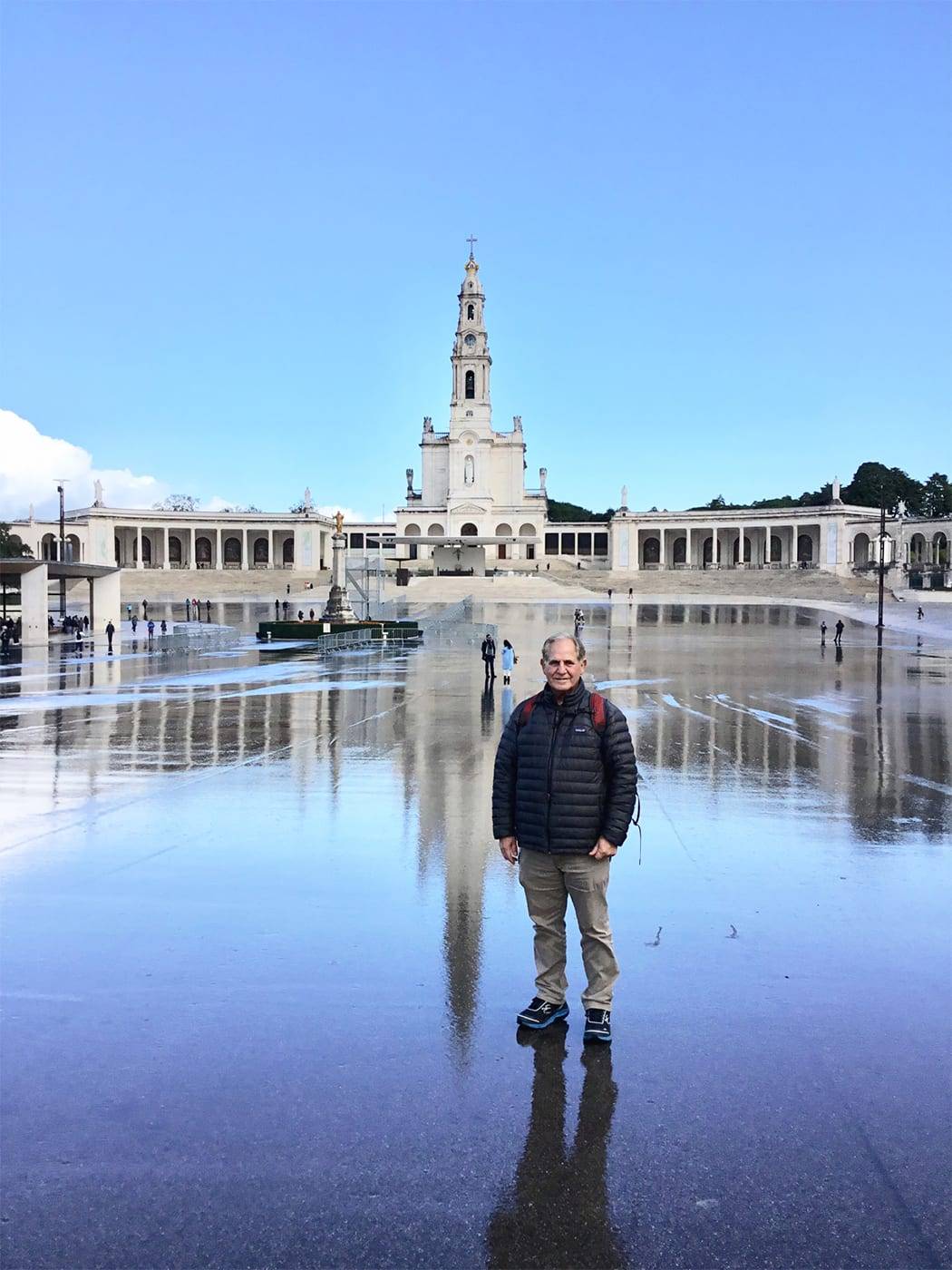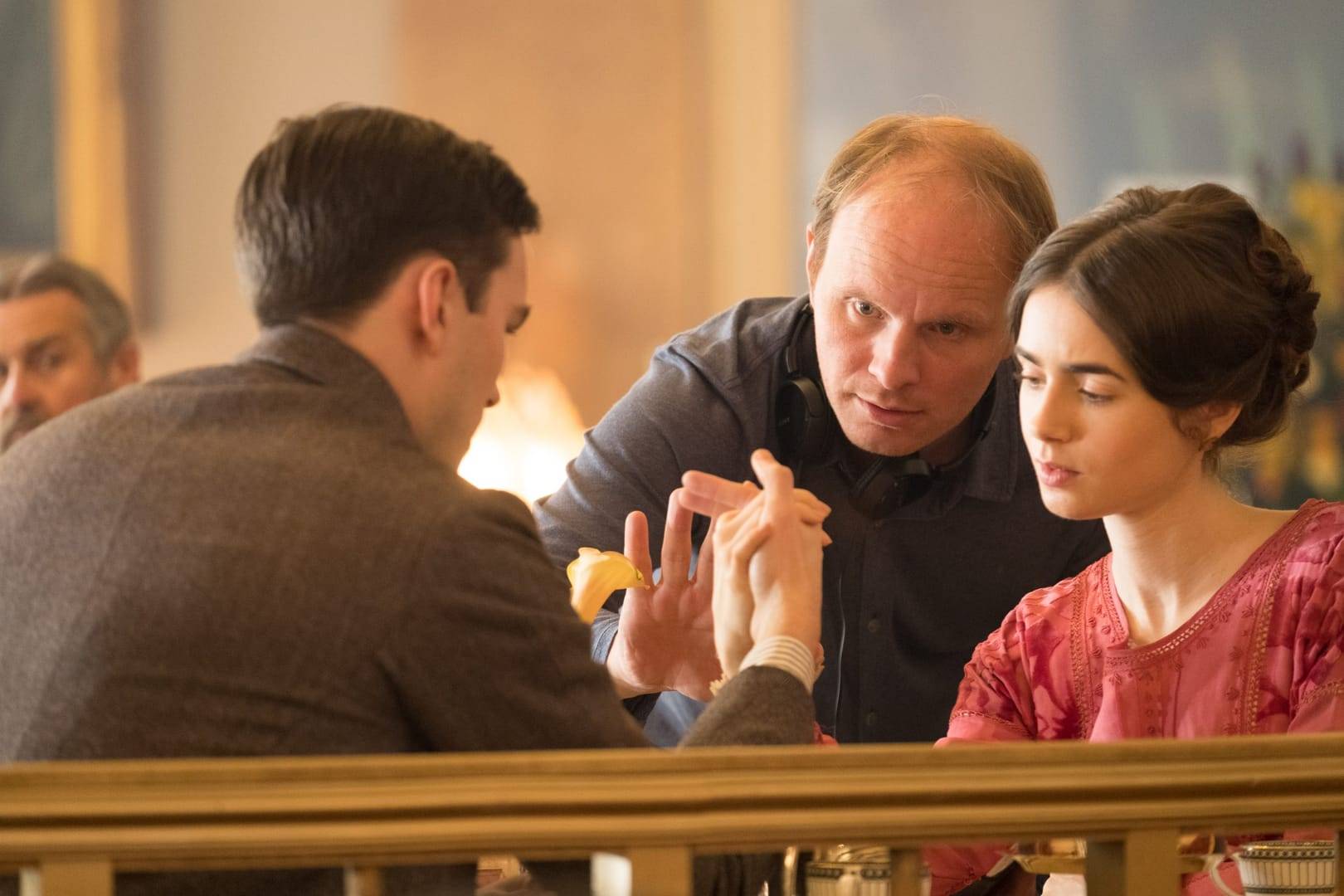When we talk about the Catholic Church now, we mostly talk about controversy: its opposition to birth control, to gays, the sex abuse crisis, what this new Pope Francis may or may not change. We’ve heard the complaints of lapsed Catholics so often their story has become a cliché.
What we almost never talk about is how faithful Catholics live out their beliefs in the world and what it means to be Catholic today.
That’s what this column will explore.
How do Catholics pray? To whom, for what, how often? Do practicing Catholics believe in angels and a virgin birth and a Christ who walked on water and rose from the dead, or not? How do liberal Catholics reconcile their beliefs with the socially conservative church? How do conservative Catholics reconcile theirs with Jesus’ constant admonitions to serve the poor, any poor, whether they’re deserving, undeserving, or sneaking over the border illegally from Central America?
How does faith impact the politics of those Catholics who may run for president, including Chris Christie, Marco Rubio, Bobby Jindal, and Paul Ryan? What about the six Catholic Supreme Court justices?
Then there are the increasing numbers of Catholics who work regular jobs as doctors, lawyers, financial planners or social workers – yet spend their vacations at Benedictine monasteries or silent retreats. I’ve interviewed some who claim they’ve actually experienced the presence of God.
They seemed normal enough to me. They’re raising families, paying bills, watching “House of Cards” on Netflix. So are they hallucinating, imagining it all, smoking the opiate of the masses, to paraphrase Karl Marx? Or are they modern-day lay mystics who think little about Vatican politics but much about the lives and examples of mystics Thomas Merton or Teresa of Avila or Thomas Keating? Merton is the Trappist monk whose “Seven Story Mountain” sold millions of copies in at least 15 languages. Teresa of Avila is a 16th-century Spanish mystic whose “The Interior Castle” became another spiritual classic. Thomas Keating, now 91, is also a Trappist. In 1984 he founded a contemplative organization focused on meditative prayer that claims chapters in 49 countries.
Many years ago, I saw Keating talk at MIT in Cambridge. He was funny, charismatic, a lean and tall man with a wingspan, in his off-white robe, rivaling that of Olympic swimmer Michael Phelps. And he seemed to wow the scientists, mathematicians, and engineers in the hall with his invitation to live life in a divine way; with his assurance that the divine presence is always with us; that doubting such presence in the fundamental illusion and tragedy of the human condition. The kingdom of God, he said, is here, now. Please pay attention.
I remember looking around that night in Cambridge, home to some of America’s most skeptical secular humanists, and thinking: Why did all these people show up if not for encouragement in their search for the transcendent?
You’re not likely to hear much about the “interior life” from candidates on the campaign trail – or about modern mysticism from your parish priest. But clearly there’s much more going on among Catholics today than praying the Rosary and Sunday Mass and dropping $5 or $20 or even $100 in the collection basket.
I remember when my eldest child was 6 years old and her father and I – both cradle Catholics disenchanted with the church – had to decide if we would raise our children as Catholics nonetheless. I remember sitting in the rectory office with the pastor of our chosen parish. And I cringe now remembering, too, the obnoxious, uninformed, and self-righteous lecture I gave him on everything that was wrong with Catholicism. He sat there, nodding patiently, as if he’d never heard all this before from 30-something know-it-alls like me. Then he handed me the papers to register our daughter for catechism.
Several weeks later, waiting outside her Sunday school class, I picked up a booklet with the title “Why Pray?”. I read it, and something resonated with me. I felt the attraction, the yearning I’d felt at other moments in my life. You know those moments. Sometimes they do come during a religious service. Just as often they come when you hear a certain song or see an incredible piece of nature or when you watch a small child sleeping, in total trust, a tiny chest rising. Something moves inside you, fills you up; something subtly, silently, tugs at you, too.
Until that morning outside my daughter’s Sunday school class, I’d always just reveled in the fullness of the moment, and moved on, fast, back to all the racket and diversions of frenzied life. But that morning I didn’t want to move on. I just sat there, wanting more.
This happened 23 years ago. I still want more.
I think we Catholics give up too soon.
















